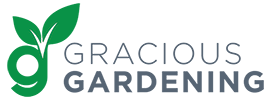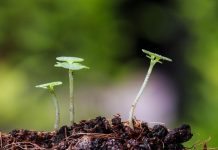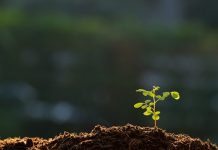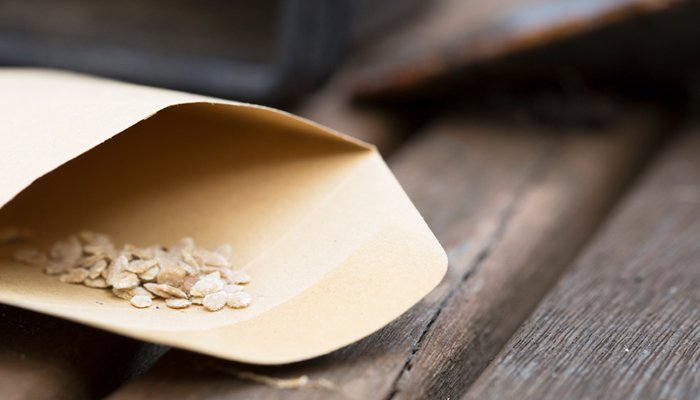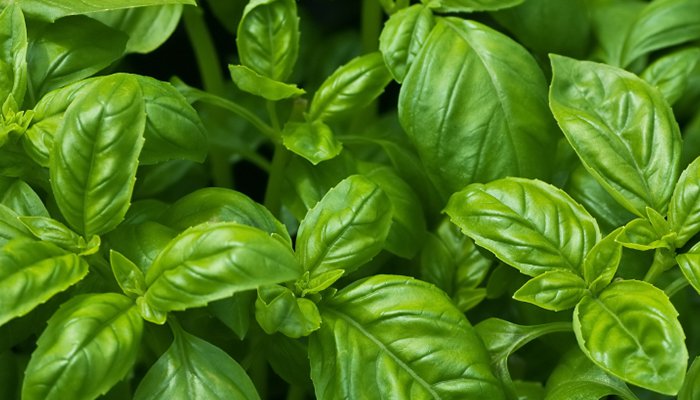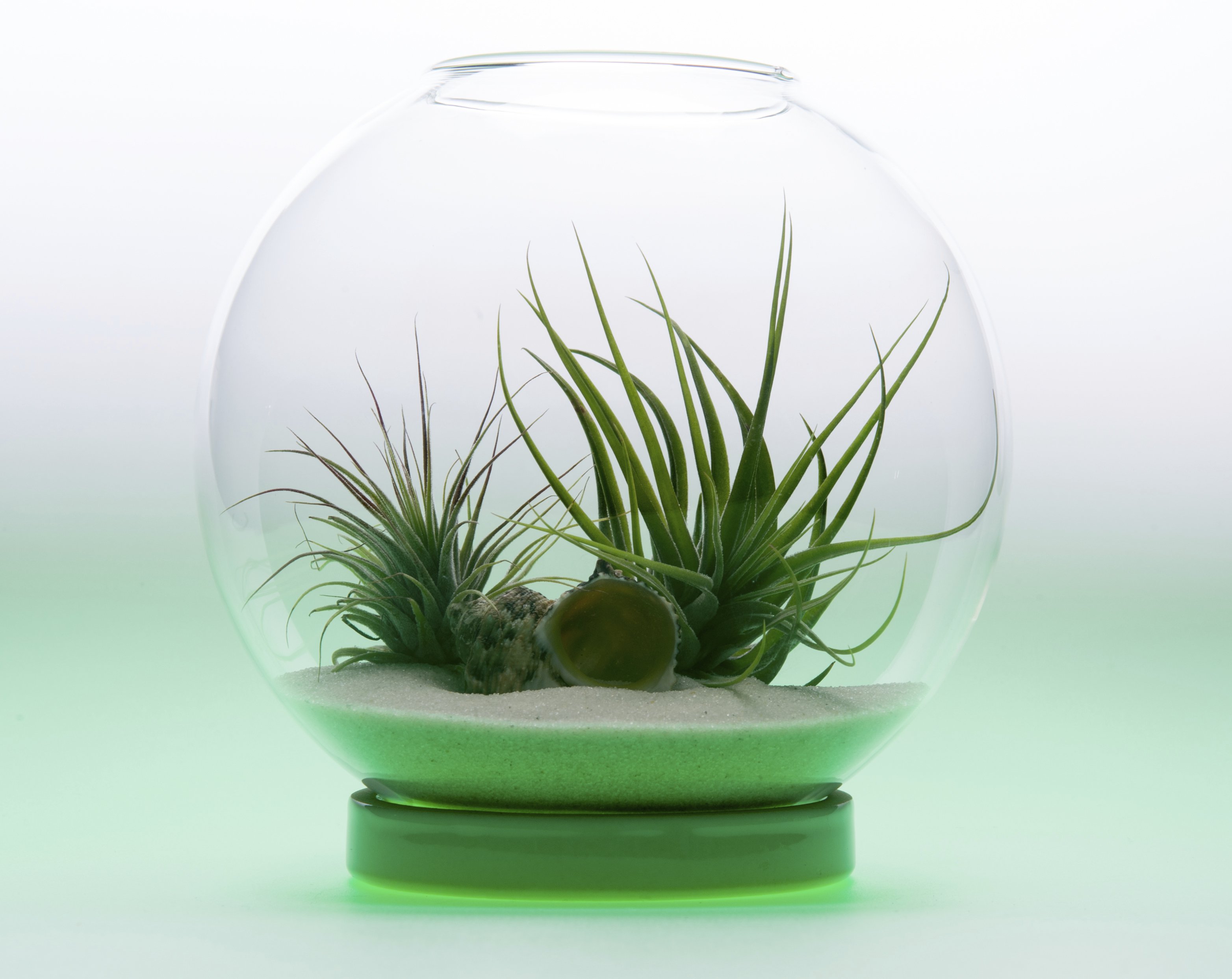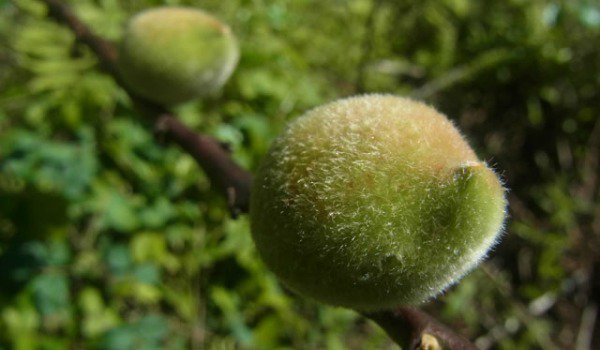Pollination is a huge thing when it comes to gardening and plants. After all, most plants can’t give fruit or even reproduce on their own without cross-pollination. But what is pollination, exactly? What causes it to happen, and who helps out in the process? Take a quick course in pollinators 101, and learn the who, what, where, and why of pollination!
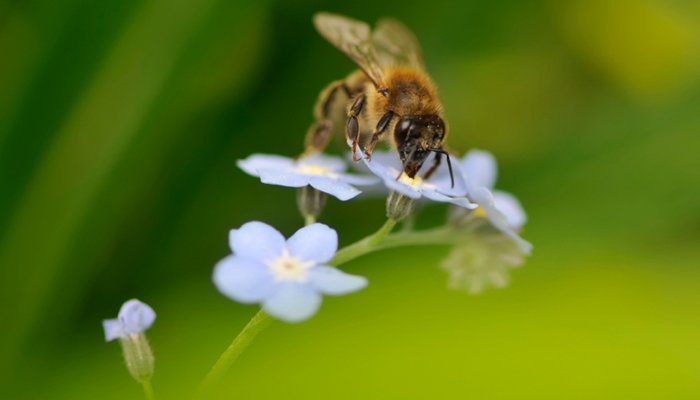
Why
The why is simple, really! Plants need to reproduce, and their pollen needs to mingle with other flowers and other plants in order for them to continue to make flowers, fruit, and even new little plants. Since a plant can’t move of its own free will like animals can, they have evolved to find a new way to ensure their survival, through pollination, and the use of pollinators. Pollinators are incredibly important to everyone, since they’re the cause of a plant’s ability to fruit and produce. Approximately 30 percent of our food comes from plants, and 30 percent of that relies on steady pollination by outside pollinators.
Who
Who are pollinators? Pollinators are anyone and anything that help in the process of pollination. Most notably, these include bees, birds, and wind, though other insects and animals are known to help out without meaning to. These animals either unconsciously or purposefully interact with the plants’ flowers, interacting and spreading the pollen in each plant. There are native pollinators, or animals that evolved and grew up in that area, and foreign pollinators. Most of the pollinators you’ll see are native, since it’s difficult for animals to relocate to some place uninhabitable to their kind. The most known foreign pollinator is wind, since winds come from all around the world, and commonly carry pollen across state and country lines.
Where
While pollination happens year round across the globe, it’s more common to see animal pollinators doing their job in the spring time around areas with popular and common flowers. Most people think of a bee standing in the petals of a rose, rather than a wild deer brushing against a blackberry bush, when it comes to pollination. Many animals and many plants are a part of pollination, and pollinators are visible year round, though it may be harder to see the pollen on them!
What
Finally, the what! What is pollination, and what are pollinators? Pollinators are those who help out in the process of pollination. Pollination is a process of reproduction done yearly by plants that flower and bloom. When pollen from one flower is taken to another flower, or a flower in another plant, the pollen is then able to fertilize the flower, beginning the process the plants need to grow their fruit and seed.
Because of this, and the reliance on outside forces moving the pollen, plants have evolved to attract these pollinators, such as secreting a nectar to encourage a bird or bee to brush against where the pollen is, to help spread. With thousands of years of evolution at hand, both plants and animals, even the wind, have found a way to continue the circle of life for everyone!

